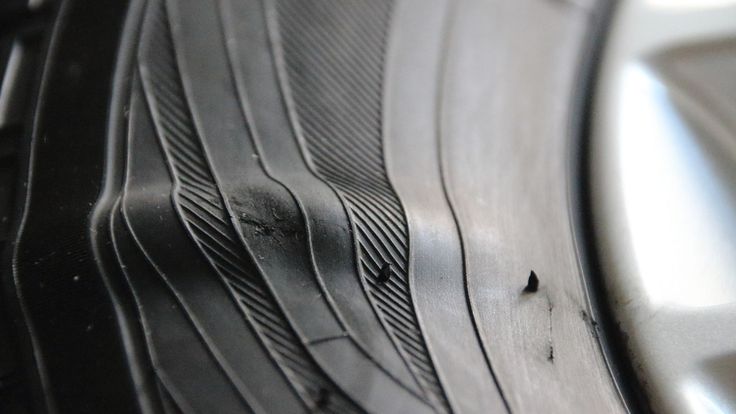Most drivers know to check their tire pressure and tread, but there’s one hidden danger many overlook: tire sidewall bubbles. These bulges may look harmless, but they’re actually a warning sign that your tire is close to failing.
Here’s everything you need to know about tire bubbles — including why you should never pop them and what to do instead.
1. What Is a Tire Sidewall Bubble?
A tire sidewall bubble (or bulge) happens when the inner layers of the tire are damaged, causing air to escape into the sidewall. Instead of staying contained, the air pushes outward, forming a visible bubble.
It’s similar to a hernia in your body — a weak spot that can burst under pressure.
2. What Causes Tire Bubbles?
Tire bubbles usually form due to impact damage or wear and tear. The most common causes are:
-
Hitting potholes at high speeds
-
Striking curbs while parking
-
Driving with underinflated tires
-
Overloading the vehicle beyond its weight capacity
-
Manufacturing defects (rare, but possible)
3. Why Tire Bubbles Are Dangerous
A bubble means the structural integrity of the tire is compromised. That tire is no longer safe to drive on.
Dangers include:
-
Sudden blowouts – the bubble can burst without warning, especially at highway speeds.
-
Loss of control – a blowout reduces handling and can cause accidents.
-
No repair option – unlike small punctures, bubbles cannot be patched or fixed.
Important: Popping the bubble yourself is extremely dangerous. It won’t “release the pressure” — instead, it will destroy the tire instantly and could injure you.
4. What to Do If You Notice a Tire Bubble
If you spot a bubble:
-
Avoid long drives — especially highways.
-
Do not attempt DIY fixes — no glue, patches, or sealants will help.
-
Replace the tire immediately — it’s the only safe solution.
-
Check your other tires — the same impact might have weakened them.
If you can’t replace it immediately, switch to your spare tire and drive cautiously to the nearest tire shop.
5. How to Prevent Tire Bubbles
While not always avoidable, you can reduce your risk by:
-
Maintaining proper tire pressure
-
Avoiding potholes and rough roads when possible
-
Being careful when parking near curbs
-
Not overloading your car
-
Inspecting your tires regularly for bulges, cracks, or uneven wear
A tire bubble might look like a minor inconvenience, but it’s actually a serious safety hazard. If you see one, don’t ignore it, and definitely don’t try to pop it. The only safe fix is replacing the tire.
Think of it this way: a new tire costs far less than the risks of a blowout accident. Stay safe, check your tires often, and treat sidewall bubbles as an emergency.
